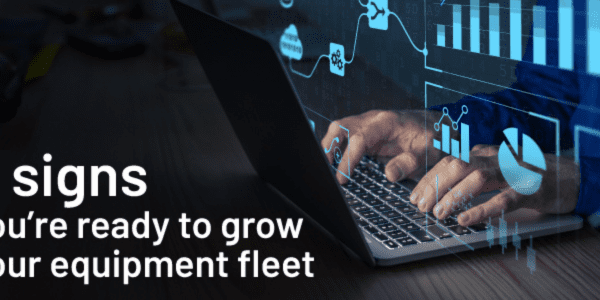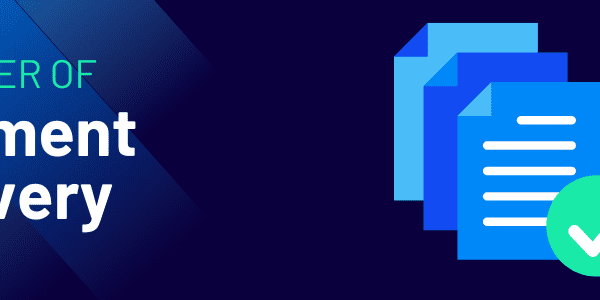
Broadband cellular technology in the United States is currently undergoing a radical transformation. Promising average download speeds of 1 GBps, 5G has already generated considerable buzz. On the opposite end of the spectrum, every one of the “Big Four” wireless carriers are expected to sunset their 2G and 3G services by the end of 2021. Verizon, the largest wireless telecommunications provider in the country, is leading this sweeping change. They’ve announced plans to terminate their 2G/3G support by December 31st of this year.
This upheaval will be especially disruptive to the transportation industry. Without connectivity, the primary functionalities of 2G and 3G-limited telematics devices will be completely disabled. This blog aims to explain why 3G support is being dropped in the first place and how transportation companies can adapt to this historic technological shift.
Why the Big Change?
First launched in the U.S. by Verizon in early 2002, 3G marked a colossal step forward for mobile telephony. But following the advent of 4G in 2010, 3G has since slipped from cutting-edge to outdated. And while 3G and 4G coexist today, they currently compete for a limited spectrum of bandwidth. In addition, for the carriers that operate them, simultaneously maintaining a 3G network and an LTE network can prove costly.
Ultimately, to provide superior reliability, speed, and coverage across a wider customer base, 3G’s bandwidth allocation has to be passed on to 4G. While this generational shift does introduce some short term challenges, the long term benefits enabled by this move will reverberate for years to come.
How Can I Adapt?
Depending on when their carrier plans to discontinue 3G support, transportation companies will need to replace their 3G telematics devices with 4G LTE-compatible units in the near future. As previously mentioned, Verizon customers will have until the end of this year to modernize their GPS units. AT&T, Sprint, and T-Mobile users are likely to have two years before they’ll need to upgrade. When looking for new telematics devices, transportation companies should seek units that capture and transmit data beyond location. Metrics like ignition statuses, harsh braking events, speed data, and odometer readouts can all be collected and measured. These data points can then be leveraged to improve operational and overall business efficiency.





